When it comes to fish, most people don’t associate trout with sushi. However, there are many different kinds of fish you can use for making sushi. Have you ever wondered if you can make sushi with trout?
You can make sushi with trout. However, since most freshwater fish are prone to parasitic infections, you must be very careful with how you prepare them. For example, you must thoroughly clean the trout before using it to prepare sushi.
This article will go into more detail on how trout can be eaten raw in sushi and other dishes like sashimi. Read on to learn more about trout for sushi and sashimi.
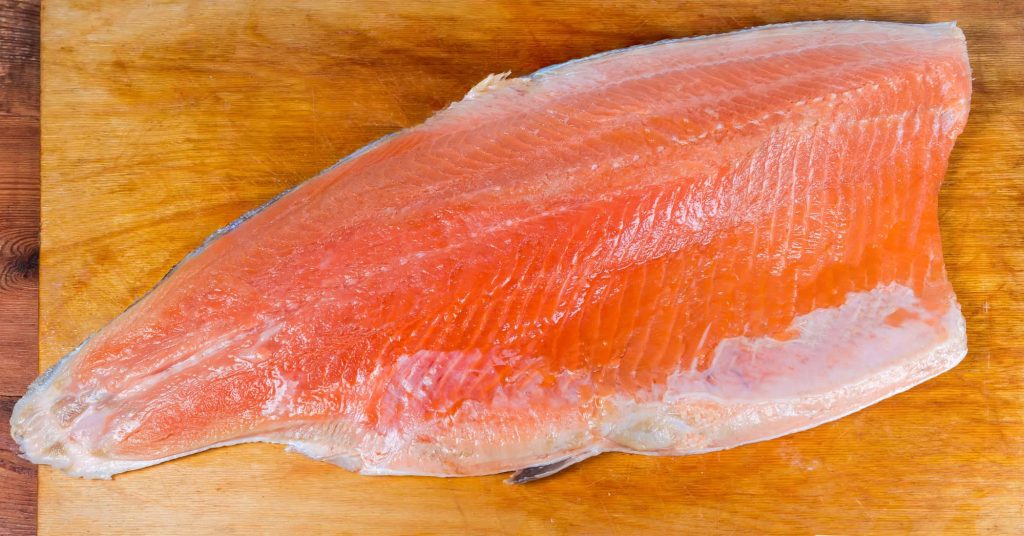
Can You Make Sushi with Fresh Trout?
You can make sushi with fresh trout, but you must be careful. Fresh trout is often contaminated with harmful parasites since they live in lakes, rivers, and ponds. If you are using fresh trout for your sushi, it is best if the fish was caught from a clean water source.
Trout is a great fish to use for sushi. It’s light and flavorful but also incredibly healthy. It’s also low in calories and fat, high in protein, and contains omega-3 fatty acids, which help support your heart health. Trout also contains Vitamins A, B12, and D — all of which are good for your immune system.
If you’re sourcing trout for sushi, check the water temperature of whatever body of water the fish came from. If it’s too warm (above 70 °F or 21 °C), it could mean bacteria are present in the water and on your fish. (source: FAO)
You should also find out whether your trout came from contaminated waters. Pay close attention to government warnings and advisories for certain bodies of water before eating sushi made with fresh trout from those waters.
Freezing the fish is a good way to make it safe, depending on the type. Now, let’s look at the different types of trout you can use to make sushi.
Rainbow Trout
Rainbow trout is one of the trout species you can use to make sushi. However, you need to freeze it before use to kill parasites. (source: Very Well Fit) Safety standards dictate that you should freeze raw fish before using it for meals to kill any disease-causing microorganisms.
Cherry Trout
Cherry fish is one of those pleasant surprises you can use to impress your guests over sushi. The fish has a delicate taste with no substitute. Your meal will even be better if you use a cherry roe with a golden yellow color.
Like with rainbow trout, always check your cherry trout fishing grounds for contaminants before using this one for raw fish dishes.
Ocean Trout
Ocean trout is also a great catch if you want to make sushi with it. This fish is tastier than salmon and will taste better in your meal. However, only use it if you’re sure it doesn’t have any contaminants that will make you or your family sick.
Steelhead Trout
Steelhead trout is also good for use in sushi. What’s interesting about this trout is how similar it is to salmon in taste and appearance. Steelhead trout comes in handy if you want a low-fat alternative to the commonly used salmon. And because of the low-fat content, the fish is easier to slice.

Can You Use Trout for Sashimi?
You can use trout for sashimi. Trout is safe to eat raw as long as it is fresh and cleaned thoroughly. So you can enjoy your trout sashimi without worrying about food poisoning from bacteria like E. coli or Salmonella or parasites.
The considerations for making sushi with trout also apply when using trout for sashimi. As long as you follow the stringent guidelines for buying and preparing the fish, trout is safe for use in sashimi. (source: Nestlefamily)
As a general, buy fish that’s as fresh as they come. Freezing is an important step to kill parasites, too (and it makes it easier to slice for sashimi). Make sure it’s frozen at least overnight, to a good, solid frozen state.
If you live near a decent-sized body of water, your best bet is to get your fresh fish directly from the fisherman who caught it. If that’s not a practical option, check out your local seafood market or grocery store and ask how they source their seafood.
Shop around for frozen fillets, so you know exactly what kind of processing was done before the fish reached your plate. For example, you can check whether the fish was wild-caught versus farm-raised, or vacuum-packed versus not. Note that some types of fish fillets take longer than others to process.
Also, check labels on fresh packages carefully because some species may be labeled incorrectly if they’re not properly labeled at their origin point. This could mean ending up with something different than what you wanted!
Can I Use Smoked Trout for Sushi?
You can use smoked trout for sushi, though it is difficult to find and pricier. So if you are looking for a more affordable option for sushi, consider using filet of wild salmon. That said, smoked trout is worth it if you can find it.
You may have heard that you should only eat raw fish cooked or baked at least once to kill off the harmful bacteria that might be living in your sushi. This is because the flesh of raw fish contains parasites called anisakids.
The good news is that these little guys generally won’t do much damage unless they make their way into your stomach lining, where they can cause some serious inflammation and discomfort.
There are two types of smoking methods when preparing trout:
- Hot smoking
- Cold smoking (source: Meretrout)
Hot Smoked Trout
Hot smoking means cooking the fish until its surface reaches 150 °F (65.6°C) before allowing it to cool down at room temperature without refrigeration. It’s a great alternative to raw trout when making sushi, as the high temperatures can kill off most harmful microorganisms.

Cold Smoked Trout
Cold-smoked trout gets its flavor by being slowly smoked over low heat over several days using sawdust or other hardwood at temperatures below 131 °F (55°C).
Cold smoked trout is also a great alternative to raw trout when making sushi. It tastes a lot like smoked salmon.
Smoked trout can be difficult to find, but it’s worth it if you want to use it for sushi or sashimi.
Smoked trout is similar to salmon in taste and texture but lower in calories, fat, and sodium than salmon. It also contains:
- Vitamin B6
- Niacin (Vitamin B3)
- Riboflavin (B2)
- Vitamin A
- minerals like selenium
Smoked trout is classified under the same category as other types of seafood, so it’s a good source of protein. One 3 oz (85 g) serving provides approximately 17 grams (0.5 oz) of protein which is more than half the recommended daily amount.
You can also enjoy the health benefits of eating smoked trout such as:
- Omega-3 fatty acids help reduce inflammation throughout your body.
- Vitamin B6 helps keep your body functioning properly.
- Niacin converts food into energy.
- Riboflavin keeps your eyes healthy.
- Selenium keeps cancer cells from growing or multiplying too quickly.
Ultimately, it’s up to you whether you want to use trout as part of a sushi meal. If you’re worried about eating raw fish, there’s no reason not to try smoked trout instead. After all, smoked fish can taste better than fresh ones because they have more flavor and can be cooked in different ways.
If you’re adventurous enough to try making sushi with fresh trout, there are plenty of recipes on how you can do so.

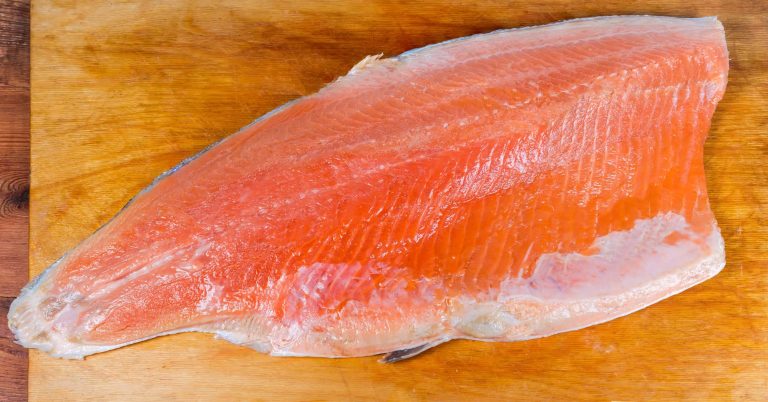



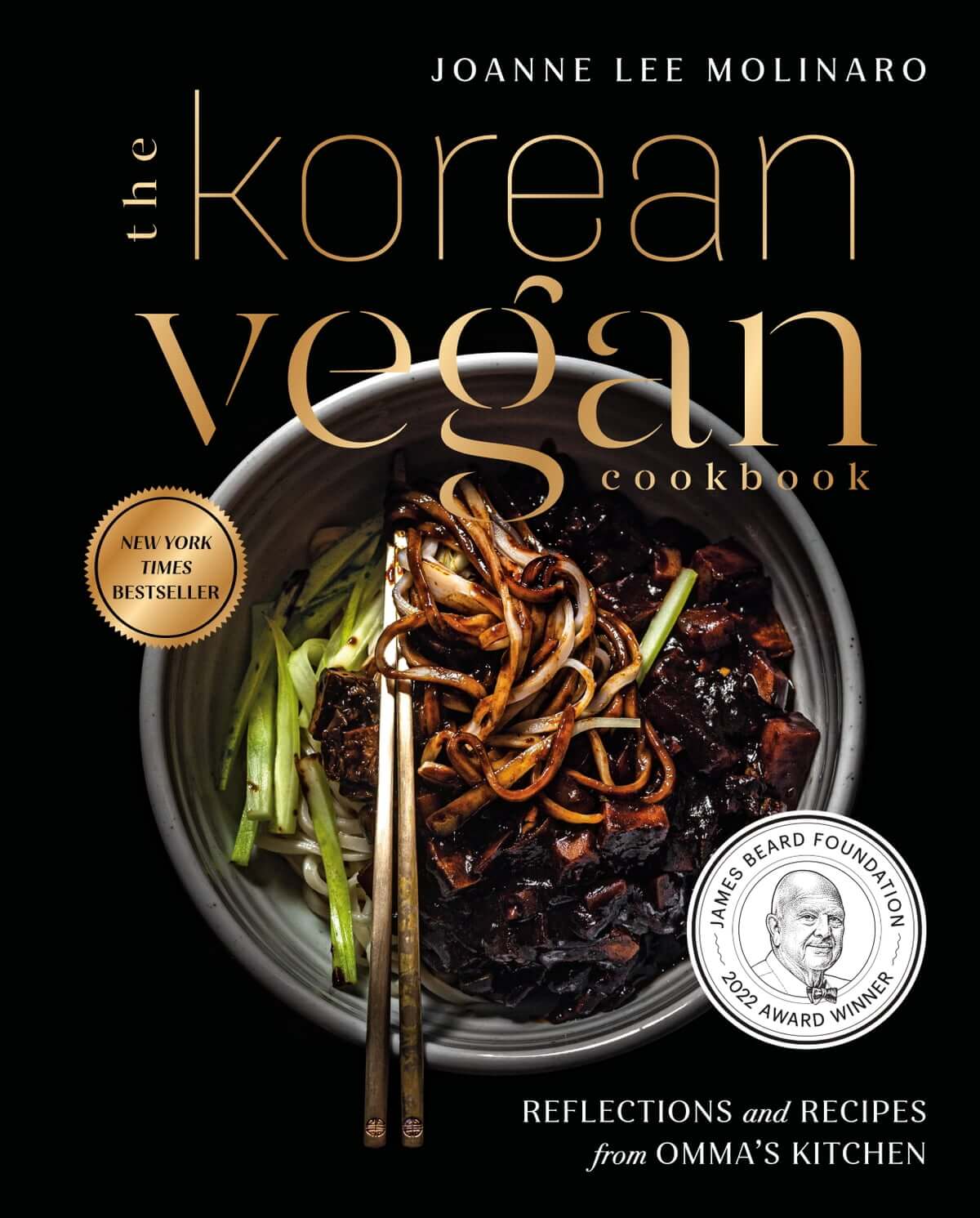

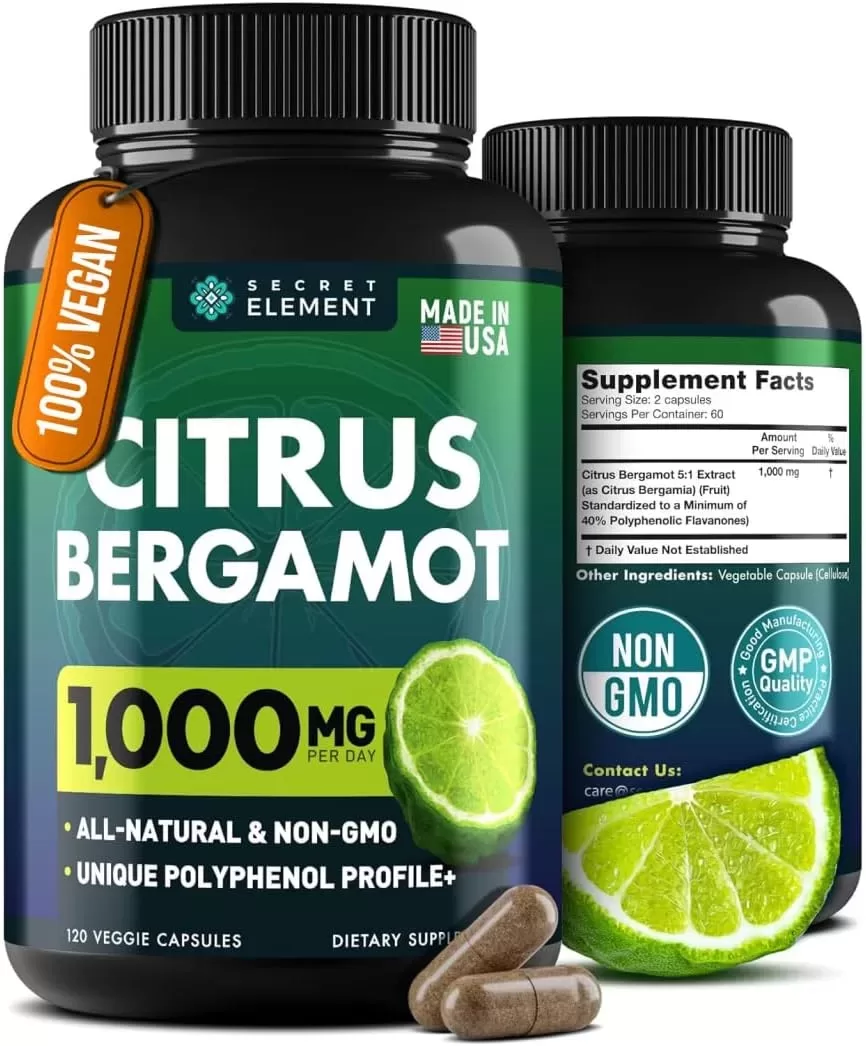

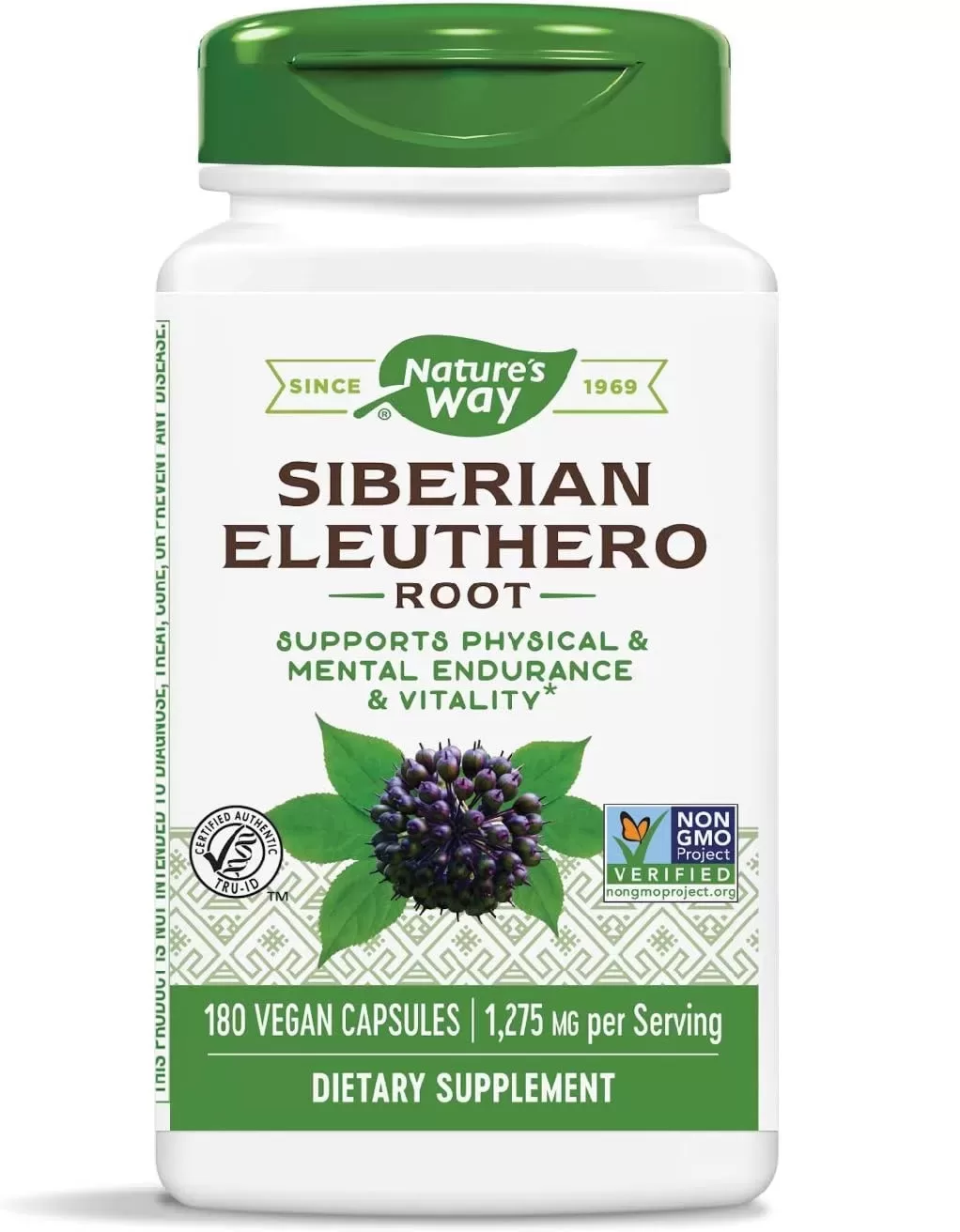


Comments are closed.